Filter by
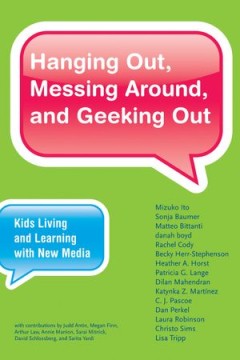
Hanging out, messing around, and geeking out : kids living and learning with …
An examination of young people's everyday new media practices—including video-game playing, text-messaging, digital media production, and social media use. Conventional wisdom about young people's use of digital technology often equates generational identity with technology identity: today's teens seem constantly plugged in to video games, social networking sites, and text messaging. Yet ther…
- Edition
- -
- ISBN/ISSN
- 978-0-262-01336-9
- Collation
- -
- Series Title
- The John D. and Catherine T. MacArthur Foundation Series in Digital Media and Learning
- Call Number
- 302.23 ITO h
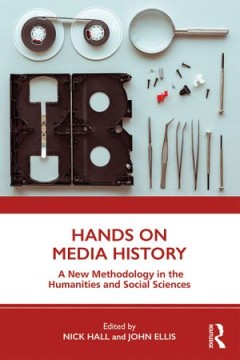
Hands on media history : a new methodology in the humanities and social science
Hands on Media History explores the whole range of hands on media history techniques for the first time, offering both practical guides and general perspectives. It covers both analogue and digital media; film, television, video, gaming, photography and recorded sound.Understanding media means understanding the technologies involved. The hands on history approach can open our minds to new perce…
- Edition
- -
- ISBN/ISSN
- 9781351247412
- Collation
- -
- Series Title
- -
- Call Number
- 302.23 HAN
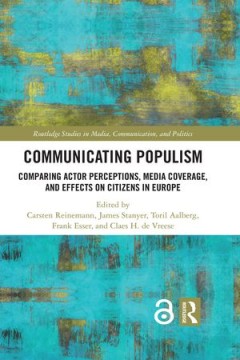
Communicating Populism; Comparing Actor Perceptions, Media Coverage, and Effe…
The studies in this volume conceptualize populism as a type of political communication and investigate it comparatively, focusing on (a) politicians’ and journalists’ perceptions, (b) media coverage, and (c) effects on citizens.
- Edition
- Ed. 1
- ISBN/ISSN
- 0429687850, 9780429687853
- Collation
- -
- Series Title
- -
- Call Number
- 302.23 REI c
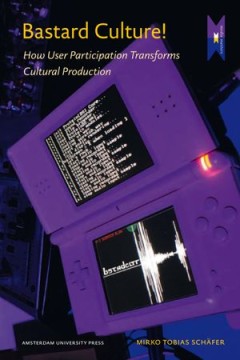
Bastard Culture! : How User Participation Transforms Cultural Production
New online technologies have brought with them a great promise of freedom. The computer and particularly the Internet have been represented as enabling technologies, turning consumers into users and users into producers. Furthermore, lay people and amateurs have been enthusiastically greeted as heroes of the digital era. This thoughtful study casts a fresh light on the shaping of user participa…
- Edition
- -
- ISBN/ISSN
- 978 90 4851 315 4
- Collation
- -
- Series Title
- -
- Call Number
- 302.23 SCH b
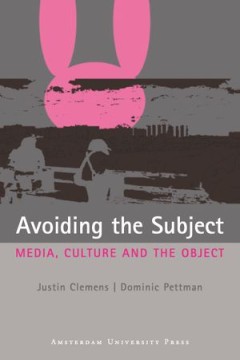
Avoiding the Subject : Media, Culture and the Object
What can Roger Rabbit tell us about the Second Gulf War? What can a woman married to the Berlin Wall tell us about posthumanism and inter-subjectivity? What can DJ Shadow tell us about the end of history? What can our local bus route tell us about the fortification of the West? What can Reality TV tell us about the crisis of contemporary community? And what can unauthorized pictures of Osama Bi…
- Edition
- -
- ISBN/ISSN
- 90 5356 716 X
- Collation
- -
- Series Title
- -
- Call Number
- 302.23 CLE a
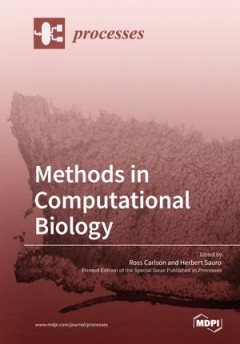
Methods in Computational Biology
Modern biology is rapidly becoming a study of large sets of data. Understanding these data sets is a major challenge for most life sciences, including the medical, environmental, and bioprocess fields. Computational biology approaches are essential for leveraging this ongoing revolution in omics data. A primary goal of this Special Issue, entitled “Methods in Computational Biology”, is the …
- Edition
- -
- ISBN/ISSN
- 9783039211647
- Collation
- -
- Series Title
- -
- Call Number
- -
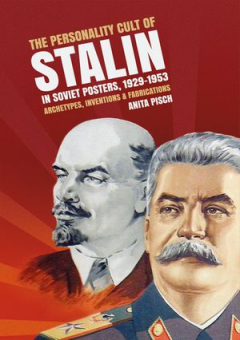
The personality cult of Stalin in Soviet posters, 1929–1953 Archetypes, in…
From 1929 until 1953, Iosif Stalin’s image became a central symbol in Soviet propaganda. Touched up images of an omniscient Stalin appeared everywhere: emblazoned across buildings and lining the streets; carried in parades and woven into carpets; and saturating the media of socialist realist painting, statuary, monumental architecture, friezes, banners, and posters. From the beginning of the …
- Edition
- -
- ISBN/ISSN
- 9781760460624
- Collation
- -
- Series Title
- -
- Call Number
- 741.670947
 Computer Science, Information & General Works
Computer Science, Information & General Works  Philosophy & Psychology
Philosophy & Psychology  Religion
Religion  Social Sciences
Social Sciences  Language
Language  Pure Science
Pure Science  Applied Sciences
Applied Sciences  Art & Recreation
Art & Recreation  Literature
Literature  History & Geography
History & Geography